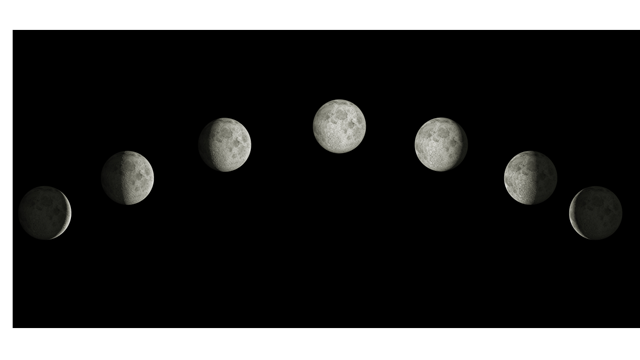4. Evolution of the Moon
Learn about the evolution of Earth’s moon, from its initial formation to its current state, in this video from NASA. Real satellite imagery, as well as simulations, explore how the moon has changed over time. The video looks at how the moon likely formed–about 4.5 billion years ago, how impacts from large objects formed maria, and how additional impacts from smaller objects continue to cause cratering.
5. Explore the Moon
“Exploration at its best” is how astronaut Dave Scott described his experience as he stepped onto the moon on July 30, 1971. The moon is probably not humankind’s final frontier. However, more than 30 years after the completion of the last mission to the moon, the Apollo missions still stand out as six of the most ambitious and heroic voyages in exploration history. These interactive images from NOVA provide panoramic views of each of the six Apollo landing sites and offer a hint of what astronauts faced on the surface of the moon.
6. Tour of the Moon | NASA Planetary Sciences
Take a tour of the moon’s surface features in this video from NASA. Images and topographic maps show craters, rocks, mountains, basins and valleys, including the Orientale basin, Shackleton crater, South Pole-Aitken basin, Tycho crater, Aristarchus plateau, Mare Serenitatis, Compton-Belkovich volcano, Jackson crater and Tsiolkovsky crater. False colors indicate elevation: blue areas are lowest and red areas are highest. Satellite images and measurements from missions such as the Lunar Reconnaissance Orbiter improve scientific understanding of how Earth’s moon and other rocky planets in the solar system evolved.
7. Moon Phases | Crash Course Astronomy
Because the moon is a sphere and orbits the earth every 29.5 days, the way we see it in the night sky changes with time. Learn what the phases of the moon are, why they occur, how we see them and what they are called.
8. Investigating the Moon’s Interior | NASA Planetary Sciences
Discover how scientists plan to use data from the GRAIL mission and a map of the moon’s gravitational field to learn about its internal structure. By comparing data about the moon’s gravity with information about its topography, scientists can gain a better understanding of the moon’s formation and evolution, and learn about the development of other rocky planets. A false-color map shows the variations in the lunar gravitational field as measured by the Gravity Recovery and Interior Laboratory (GRAIL) mission.
9. Why Doesn’t the Moon Fall Down?
Astronomer Doris Daou explains how the forces of speed and gravity keep the moon in a constant orbit around Earth in this animated video segment adapted from NASA. The moon, Earth’s natural satellite, seems to hover in the sky, unaffected by gravity. However, the reason the moon stays in orbit is precisely because of gravity — a universal force that attracts objects. With the right combination of speed and gravity, satellites can fall around, instead of into, the body that they orbit.
